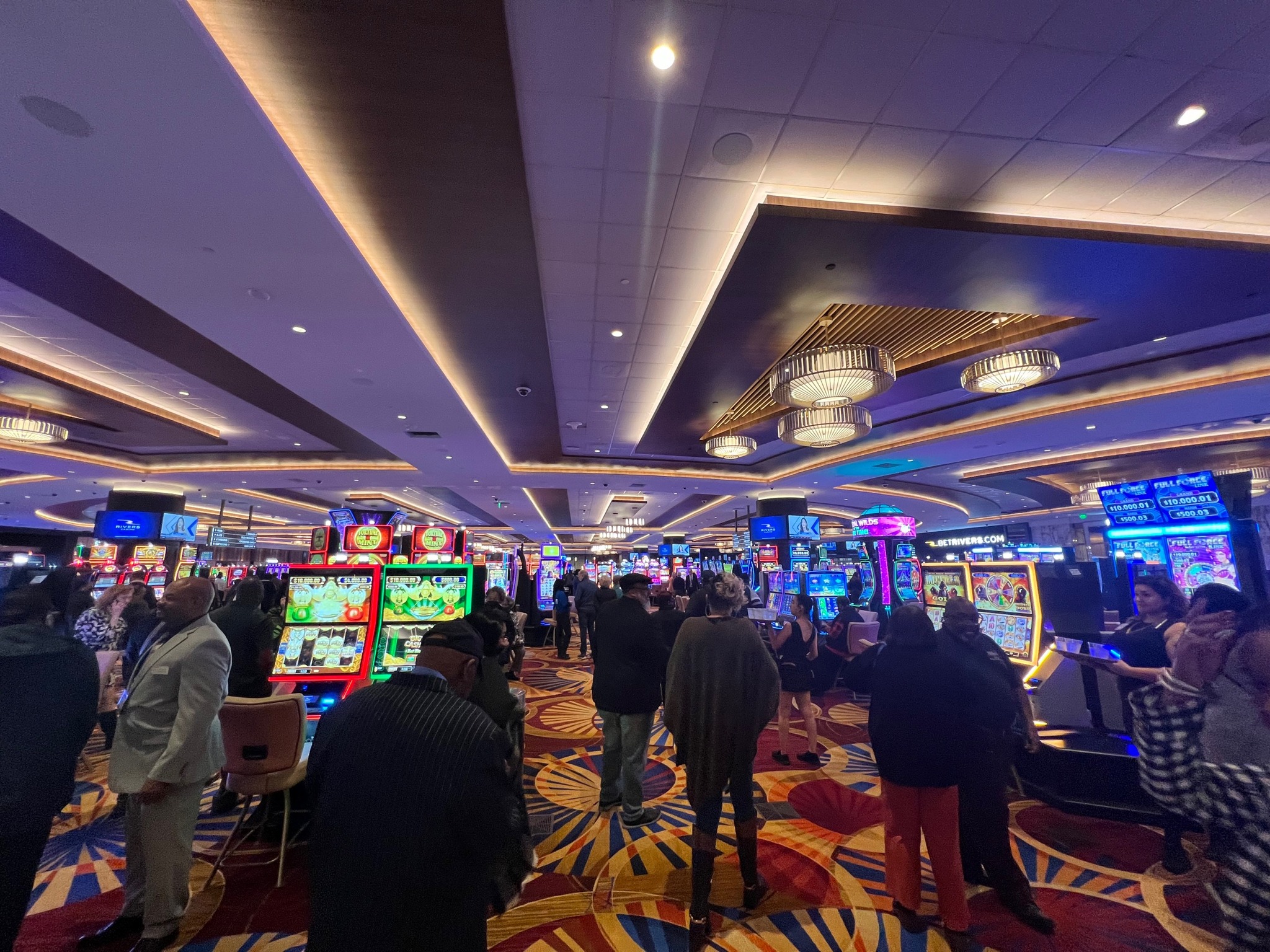Casino experiences have long captivated the human imagination, drawing gamblers into a world filled with chance, planning, and the allure of thrill. Each experience is painstakingly crafted not just for entertainment, but also to inspire specific emotional responses that keep gamblers involved and committed. Understanding the motivations behind these designs reveals much about how behavioral psychology plays a crucial role in the gaming experience.
From the vivid lights and vibrant sounds to the intricate layering of guidelines and payoffs, casino games are designed to create an atmosphere of thrill and eagerness. Game designers leverage psychological principles to influence participant behavior, whether through the use of jackpots, near-miss scenarios, or community engagement. By examining these factors, we can better appreciate how casino games fulfill not just a need for entertainment, but underlying psychological needs for excitement and hazard.
Understanding Gamer Behavior
Casino games are crafted with a thorough comprehension of gamer psychology, which is crucial for luring and retaining players. The thrill of the game, alongside the anticipation of winning, creates a formidable allure. Game designers utilize elements like sonic elements, colorful graphics, and captivating gameplay to engage attention and evoke emotional responses. These sensory experiences enhance the overall experience, making players feel more involved in the game.
Another important aspect of player behavior is the concept of risk/reward dynamics. Casino games often balance high-risk scenarios with the potential for significant rewards, which can cause the phenomenon known as near-miss effect. When players come near to winning, the brain produces dopamine, bolstering their behavior and prompting them to persist playing in quest of that elusive win. This cycle of wish and disappointment plays a key role in how games are structured and advertised.
Lastly, social elements also play a pivotal role in player behavior at casinos. Many games are designed to be played in pairs or alongside other players, fostering a sense of community and communal experience. The social interaction inherent in games like blackjack enhances enjoyment and can lead to prolonged gaming periods. Designers capitalize on this by crafting environments that encourage players to stay, socialize, and come back, making the overall casino experience more attractive.

The Role of Imagery and Audio
Imagery and sound play a vital role in elevating the gambler’s experience within gambling games. Designers utilize bold colors, eye-catching graphics, and engaging animations to attract gambler’s attention and hold their interest. The use of themes, such as adventure or luxury, helps create an engaging atmosphere that transports players into another world. By appealing to the senses, these elements add to a intensified emotional response, encouraging players to interact more deeply with the games.
Audio design is equally important in enhancing the overall experience of gambling games. The combination of ambient music, sound effects for successful combinations, and environmental noises creates an auditory landscape that keeps players fascinated. Sounds associated with wins, such as chiming bells or festive music, evoke feelings of thrill and reward, encouraging players to keep playing. These audio cues are strategically placed to enhance the thrill of the game and create a more immersive experience.
Additionally, the synchronization of visuals and sound is important for reinforcing the game’s overall concept and atmosphere. Each element should coordinate harmoniously to create a cohesive experience that pulls players in. The effective use of this synergy not only improves user enjoyment but also boosts the chances of return play, as players become more invested in the immersive world that the casino games offer. This thoughtful combination of imagery and sound ultimately enhances player involvement and loyalty. OKE179
Incentive Systems and Engagement
The design of gambling experiences heavily relies on incentive systems to ensure participants engaged and returning for more. These systems are rooted in behavioral theories that take advantage of human behavior and desire. Participants are often motivated by the thrill of success, which is reinforced by instant feedback through the game’s mechanics. This instant gratification not only enhances the overall experience but also cultivates a sense of achievement, prompting participants to keep participating in hopes of greater gains.
Gaming establishments utilize various incentive systems, such as jackpots, bonuses, and multipliers, to engage players. These features create a layer of excitement that sustains engagement. Additionally, the unpredictability of results plays a crucial role in sustaining attention. The intermittent reinforcement schedule, where successes are unpredictable but occur often enough, keeps participants on edge and driven to keep playing. This cycle of anticipation and anticipation is foundational to the success of casino games.
In addition, community aspects, such as competitive events and collaborative options, boost the participation factor by leveraging the desire to compete of participants. The shared experience of playing with fellow participants can intensify the thrill of success and create a community atmosphere within the gaming space. By integrating these social dynamics with efficient reward systems, gambling experiences don’t just offer entertainment but also foster a deeper connection among participants, reinforcing their commitment to the gaming experience.